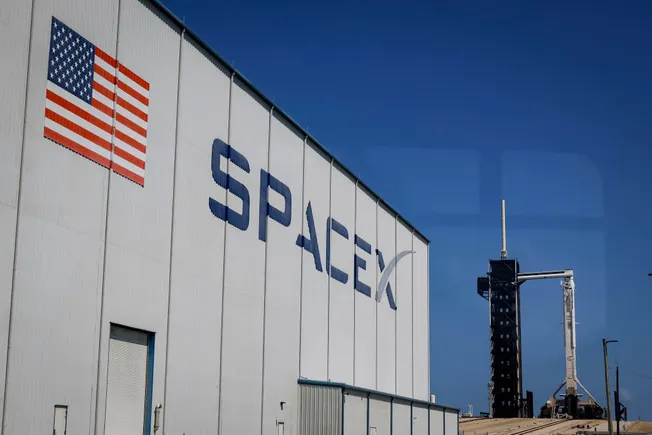A trip into outer space takes a toll on the human body, with low gravity atrophying muscles and eroding bones, causing astronauts to lose 1% of their mass every month.
Understanding how those conditions affect astronauts while also taking advantage of a low-gravity environment could help researchers make scientific progress much closer to home, not just to address specific diseases but to potentially create whole new classes of medicine.
“A lot of the changes that our bodies experience in microgravity mimic the conditions that our bodies see on Earth as we age, but it happens a lot faster,” said Heidi Parris, associate program scientist for NASA’s International Space Station Program, during a recent webinar.
For astronauts aboard the ISS, maintaining health requires effort, including daily two-hour workouts and careful nutrition. And while cell and tissue growth changes pose challenges for astronauts and mission support teams, they also offer opportunities for drug researchers looking to learn more about diseases.
SpaceX launched its CRS-33 cargo mission August 24 to the ISS carrying new research projects that scientists hope will speed drug discoveries and advances back on the ground.
Here are three unique benefits of microgravity that may accelerate the search for treatments to improve human health on Earth.
Enhanced growth of 3D structures
Arun Sharma, director of the Center for Space Medicine at Cedars-Sinai Medical Center, said that the low gravity environment of the ISS may help engineers grow 3-dimensional models called organoids, which are used to study diseases, drug response and toxicology. Induced pluripotent stem cells, adult somatic cells that can be reprogrammed to a stem-like state, form the basis for these models.
“Organoids are an extension of those induced pluripotent stem cells,” Sharma said. “They’re basically three-dimensional cell aggregates that are revolutionizing stem cell biology and biomedical research right now.”
Organoids can be grown here, but scientists suspect these spherical tissues may be of better quality if grown in microgravity, free from the compressing effects of gravity.
“After a month [on the ISS] they’ll be returned to Earth and the Cedars-Sinai laboratory for genetic and imaging analyses,” Sharma said. The hope is that they will be a structural improvement over their home-grown counterparts, potentially opening the door to mass production for a variety of critical applications.
Currently, Sharma uses organoids to study how cancer treatments affect the heart, but they can also be used to test efficacy or study conditions like heart disease. As their complexity grows, brain models could help gain a better understanding of neurodegenerative diseases such as Parkinson’s disease, Huntington’s disease and ALS.
Revealing hidden drivers of bone loss
Astronauts in microgravity lose bone 12 times faster than on Earth, inspiring scientists to take bone research into outer space. Dr. Abba Zubair, medical director and researcher at the Mayo Clinic in Jacksonville, Florida, said his team is seeking to better understand the mechanism behind bone loss and formation by taking their research to the ISS.
The human body continually breaks down and rebuilds bone through a process involving a complex network of mesenchymal stem cells, osteoblasts, osteocytes and osteoclasts. But Zubair suspects another factor may drive this process: inflammation triggered by a cell cytokine, interleukin-6, and understanding how that happens in low gravity could reveal new insights..
Their research aims to understand this mechanism and provide the foundation for drugs that might one day modulate this effect to keep bones healthy both in people on this planet and astronauts in space, he said.
Compressing drug development timelines
The accelerated degradation of bone, heart and muscle induced by microgravity offers an advantage in drug development, Sharma said.
“One thing we’re always interested in here on the ground, terrestrially, is ways to accelerate the timelines for drug discovery, for discovering new drugs that would be able to help improve cardiac conditioning, or perhaps treat diseases such as ALS or Parkinson’s,” he said.
These timelines typically take years on Earth, but using organoids to study these illnesses in space could accelerate that timeline.
“You can see those diseases potentially manifest faster in these organoids in space than you might be able to on the ground,” Sharma said, and speeding that process could also lead to faster drug discovery.
